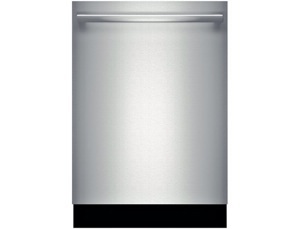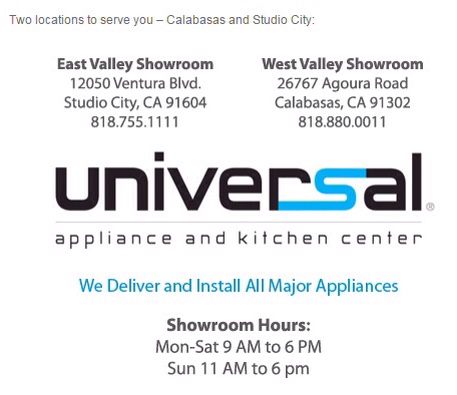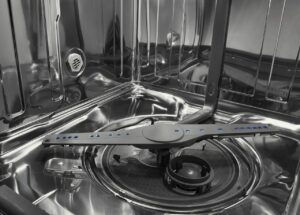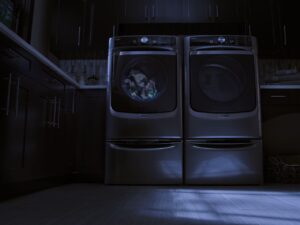Getting Your Dishes Clean
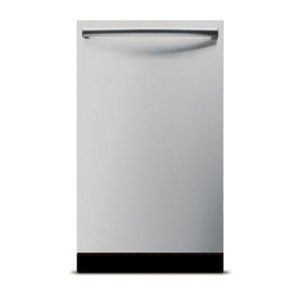
3 Myths About Dishwashers
Full Dishwashers Clean Best
Not true. Dishes need some separation from one another. Crowded dishwasher racks are likely to have dishes or bowls nested inside one another making it impossible for the detergent, and spray action to get inside to “scrub” the dirty dish or bowl. Fill your dishwasher, but make sure the dishes don’t snug up against each other.
Using Dishwashers Sparingly Extends their Lifespan.
Not really. Dishwashers have seals that need to be moist. If they stay dry for long periods of time they can dry and crack. When the seal doesn’t work, you may experience water leaks. The repair is expensive. In fact, if you have a winter or summer home with a dishwasher, you should pour a cup of vinegar in the dishwasher when you are going to be gone for the season in order to keep the seals moist.
Dishwashers run just fine with cold water.
In most parts of the country unheated tap water is about 60 degrees (varies some with climates). At this temperature, the water isn’t even capable of breaking down the detergent. But your water heater will boost the temperature. A typical dishwasher might look for a minumum temperature of the incoming hot water to be about 120 degrees. Then the dishwasher will turn on its internal heater to boost the water temperature even more. A sani-cycle might boost the temperature to 160 degrees or higher. NSF requires a a combination of a certain minimum temperature for a specified period of time to meet the minimum requirements to be certified as a sanitizing cycle.
If you think you might need a new dishwasher call the professionals at Universal Appliance and Kitchen Center. Always the best selection and lowest prices on major appliances and plumbing fixtures.
- Choosing Between a Plastic and a Stainless Steel Dishwasher Tub
- Steam Dryers: Efficient, Gentle, and Wrinkle-Free Laundry Solution
- Benefits of a Smart Washing Machine
- Beverage Stations: Elevating Your Kitchen with the Latest Trend
- New Ways to Design Your Kitchen in 2024
- Should You Choose a Column Refrigerator?
- The Benefits of an Outdoor Pizza Oven
- Should You Choose a Freestanding or Slide-In Range?
- Understanding Microwave Wattage
- Standard or Pro Ranges: Which One is Best for Your Home?


